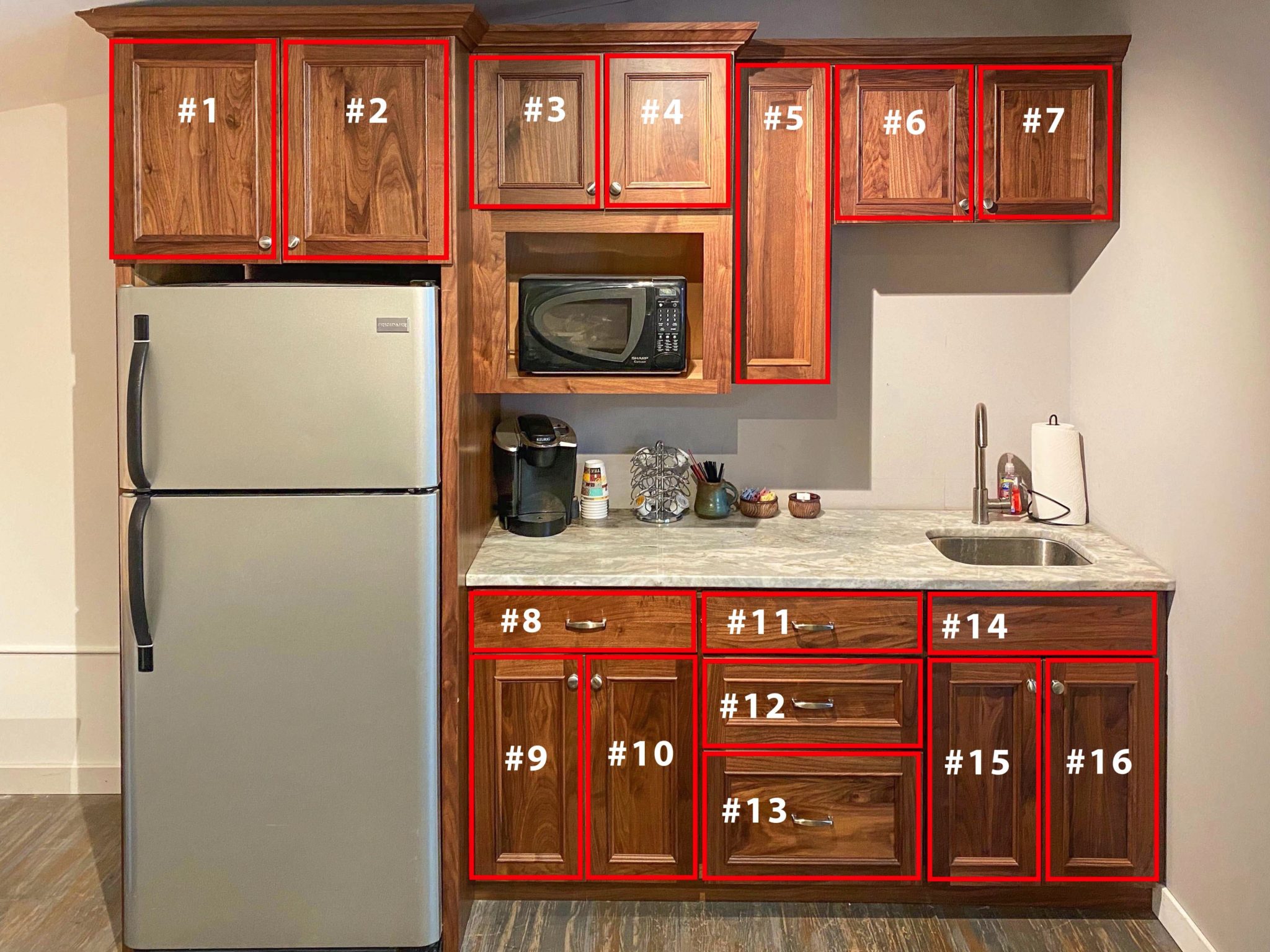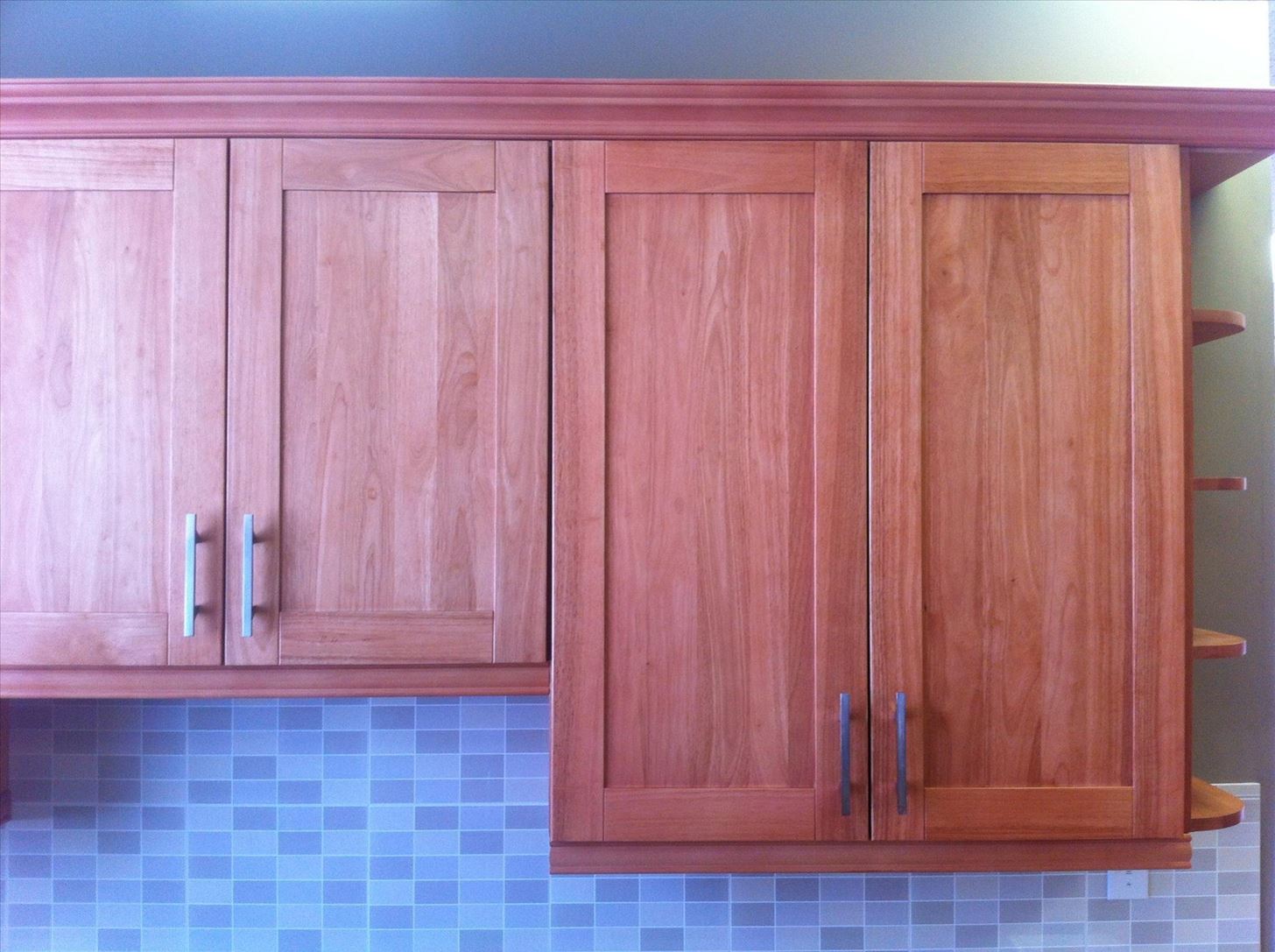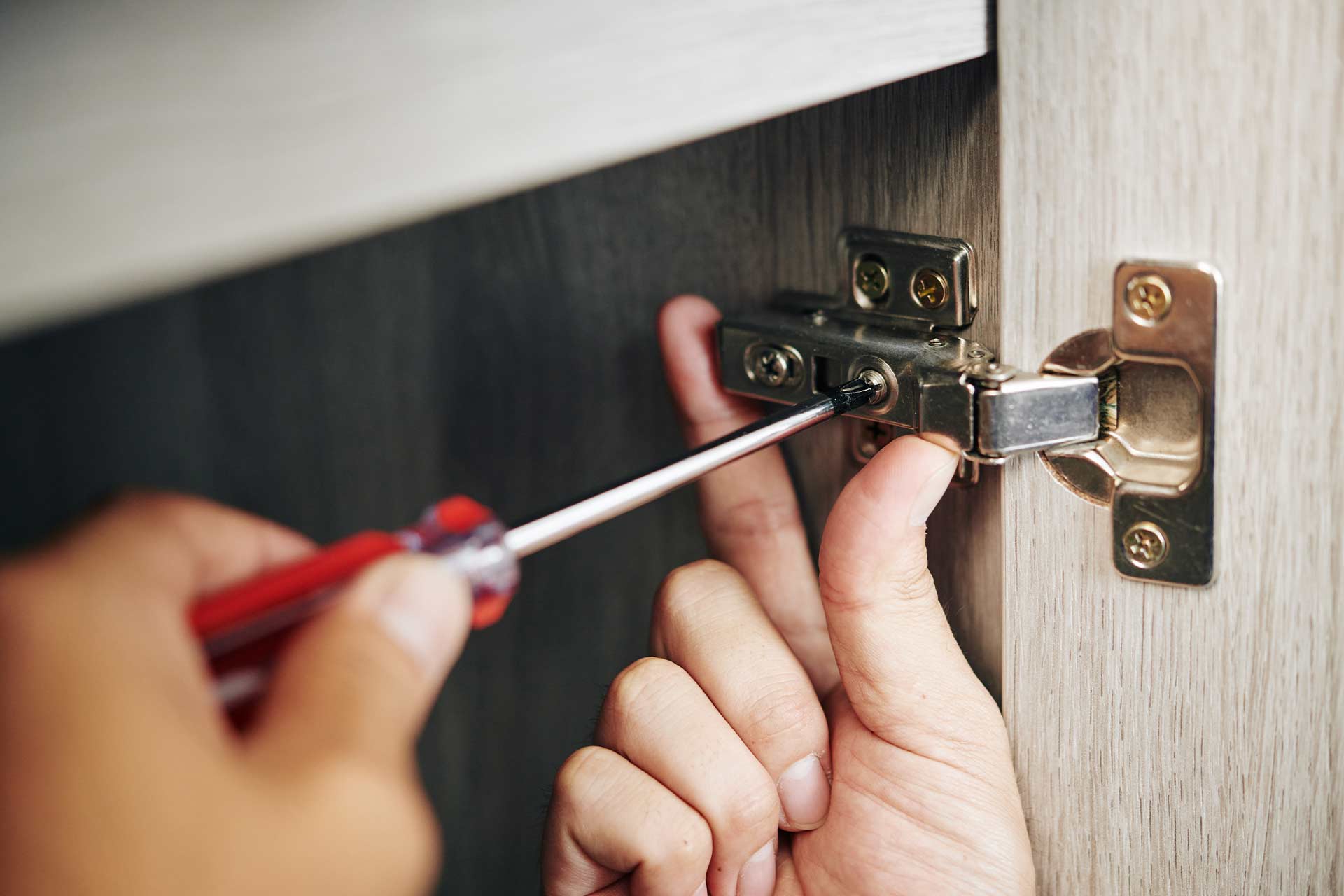Understanding Cabinet Door Adjustment Mechanisms

Adjusting cabinet doors may seem daunting, but understanding the underlying mechanisms simplifies the process. Proper adjustment ensures aesthetically pleasing cabinetry and smooth operation. This section details the various hinge types, their adjustment screws, and the necessary tools for successful door alignment.
Cabinet Hinge Types and Adjustment Screws
Cabinet doors utilize various hinge types, each with a specific adjustment mechanism. Common types include full overlay, half overlay, and inset hinges. These hinges typically feature three adjustment screws: one for vertical adjustment (up/down), one for horizontal adjustment (in/out), and one for depth adjustment (side-to-side). Full overlay hinges, for instance, often sit flush with the cabinet face when the door is closed, while half overlay hinges leave a portion of the cabinet frame visible. Inset hinges, designed for doors that sit within the cabinet frame, require precise adjustments for seamless integration. The specific location and function of these screws may vary slightly depending on the hinge manufacturer and model.
Purpose of Each Adjustment Screw
The three adjustment screws on most cabinet hinges serve distinct purposes:
- Up/Down Adjustment Screw: This screw controls the vertical position of the door. Turning it clockwise typically raises the door, while counter-clockwise lowers it.
- In/Out Adjustment Screw: This screw controls the door’s horizontal position relative to the cabinet frame. Turning it clockwise typically pulls the door closer to the frame, while counter-clockwise moves it further away.
- Side-to-Side Adjustment Screw: This screw adjusts the door’s alignment along its hinge axis. Turning it clockwise or counter-clockwise will shift the door slightly to one side or the other, correcting any misalignment.
Tools Needed for Cabinet Door Adjustment
The tools required for adjusting cabinet doors are generally straightforward and readily available. These include:
- Screwdrivers: A variety of screwdrivers, including Phillips and flathead, are often needed to accommodate different screw types found on hinges.
- Level: A level is crucial for ensuring the door is perfectly aligned and plumb (vertical).
- Pencil or Marker: Useful for marking reference points on the door or cabinet frame during the adjustment process.
- Measuring Tape: Assists in taking accurate measurements for alignment and ensuring consistent gaps between doors.
Identifying the Type of Hinge on a Cabinet Door
Identifying the hinge type is the first step in successful adjustment. Carefully examine the hinge and its mounting to the door and cabinet. Note the following:
- Observe the hinge’s overall design: Full overlay hinges are typically more compact and sit flush with the cabinet face. Half overlay hinges are larger and leave a portion of the cabinet frame visible. Inset hinges are designed to allow the door to sit within the cabinet frame.
- Locate the adjustment screws: Most hinges have three screws, but their locations might vary. Carefully examine the hinge for small screws usually located on the hinge’s sides or bottom.
- Check for manufacturer markings: Some hinges have markings indicating the hinge type or manufacturer, which can provide additional information.
Preparing the Cabinet Door for Adjustment
Before commencing the adjustment, ensure the following:
- Open the cabinet door fully: This allows for better access to the hinge screws and prevents accidental damage during adjustment.
- Locate all adjustment screws: Carefully identify the up/down, in/out, and side-to-side adjustment screws on each hinge.
- Assess the current alignment: Use a level to check the door’s vertical and horizontal alignment before beginning any adjustments.
Adjusting Cabinet Doors

Cabinet door adjustment is a common DIY task that can significantly improve the look and functionality of your kitchen or bathroom. Improperly aligned doors can appear unprofessional and even hinder smooth operation. This guide provides a step-by-step process for achieving perfectly aligned cabinet doors.
Vertical Cabinet Door Adjustment
Adjusting cabinet doors vertically involves using the adjustment screws on the hinges to move the door up or down. Most hinges have two or three adjustment screws: one for vertical adjustment, one for horizontal adjustment, and sometimes a third for tightening the hinge to the cabinet. Before beginning, locate these screws on your hinges. They are usually small and may require a small Phillips head screwdriver.
To raise a door, turn the vertical adjustment screw clockwise. To lower a door, turn the screw counter-clockwise. Make small adjustments, testing the alignment after each turn. Over-tightening can strip the screw or damage the hinge. Remember to adjust each hinge individually to ensure even movement and alignment across the entire door.
Ensuring Accurate and Even Adjustment
Achieving even adjustment across multiple doors requires patience and attention to detail. Start by visually inspecting all doors to identify the most misaligned one. Focus on adjusting this door first, then move to the others, comparing their alignment to the first door. Use a level placed against the door’s face to check for vertical alignment. The level will help you determine whether the door is perfectly plumb, indicating whether adjustments are needed. Remember that small, incremental adjustments are key to achieving a precise and even result across all cabinet doors.
Cabinet Hinge Adjustment Methods, How to adjust cabinet doors up and down
The following table compares different hinge adjustment methods, highlighting screw locations, adjustment directions, and common issues:
| Hinge Type | Adjustment Screw Location | Adjustment Direction | Common Issues |
|---|---|---|---|
| European Style (Concealed) | Usually on the hinge cup itself, often requiring a small Allen wrench. | Clockwise for tightening (usually inward movement), counter-clockwise for loosening (outward movement). Vertical adjustment is typically achieved via a different screw than horizontal adjustment. | Stripped screws, difficulty accessing screws, hinge misalignment due to improper installation. |
| Full Overlay Hinge | Located on the hinge arm or the hinge plate attached to the cabinet. | Direction varies depending on hinge design; consult the hinge manufacturer’s instructions. | Loose screws, uneven pressure on the door causing binding, hinge sagging over time. |
| Half Overlay Hinge | Similar to full overlay hinges, often with slightly different screw locations. | Direction varies depending on hinge design; consult the hinge manufacturer’s instructions. | Similar issues to full overlay hinges, potentially more prone to binding due to the door’s closer proximity to the cabinet frame. |
| Surface Mount Hinge | Screws are readily accessible on the hinge itself. | Generally clockwise to tighten and counter-clockwise to loosen, but may vary depending on the hinge. | Loose screws, hinge rusting, easier to damage during adjustment. |
Troubleshooting Common Adjustment Problems
Doors binding often results from uneven adjustment or warped doors. Check for obstructions and ensure all screws are tightened securely. Gaps between the door and frame indicate a need for adjustment. If a door is consistently binding or has persistent gaps despite adjustments, it may indicate a problem with the door itself (warping) or the cabinet frame (misalignment). In these cases, consider professional assistance.
Using a Level for Precise Alignment
To ensure the door is perfectly aligned, use a level placed against the door’s face. Adjust the hinges until the bubble in the level is centered, indicating the door is perfectly plumb (vertical). Repeat this process for both the vertical and horizontal alignment, using the level in different orientations to check for any discrepancies. This will help to guarantee a professional-looking and functional result.
Advanced Techniques and Considerations: How To Adjust Cabinet Doors Up And Down

Mastering cabinet door adjustment involves understanding the nuances of different hinge types and achieving precise alignment. This section delves into advanced techniques and crucial considerations to ensure optimal functionality and aesthetics. We’ll explore different adjustment methods, the importance of proper alignment, troubleshooting persistent problems, and creating a checklist for successful adjustments.
Cabinet Door Adjustment Methods Based on Hinge Type
Different hinge types require slightly different adjustment techniques. European hinges, for example, typically offer three adjustment points: height, side-to-side, and depth. These adjustments are made using small screws located on the hinge cup or the hinge arm itself. Full overlay hinges might require more precise adjustments to ensure the door sits flush with the adjacent cabinet. Conversely, traditional butt hinges often have fewer adjustment points and may require shims or other supplementary methods for fine-tuning alignment. Understanding the specific mechanism of your hinges is key to successful adjustment.
The Significance of Precise Door Alignment
Proper door alignment is crucial for both functionality and aesthetics. Misaligned doors can lead to uneven gaps between doors, difficulty opening and closing, and a generally unprofessional look. Consistent gaps ensure a clean, uniform appearance, enhancing the overall quality of the cabinetry. Precise alignment prevents doors from catching or binding, ensuring smooth and effortless operation. Improper alignment can also stress the hinges and cabinet structure over time, potentially leading to premature wear and tear.
Troubleshooting Persistent Alignment Issues
Even after careful adjustment, persistent alignment problems can occur. These problems might stem from warped doors, improperly installed hinges, or even issues with the cabinet frame itself. Warped doors might require planing or replacement. Loose or damaged hinges need to be repaired or replaced. A warped cabinet frame might necessitate professional intervention for structural repair. Identifying the root cause is critical to achieving a lasting solution.
Verification Checklist for Successful Cabinet Door Adjustment
A methodical approach ensures successful adjustment. Before declaring the job complete, verify the following: All doors open and close smoothly without binding or catching; Consistent gaps exist between all adjacent doors; Doors are flush with the cabinet face; Hinges are securely fastened; No visible gaps or misalignments are present. This checklist helps ensure a professional and long-lasting result.
